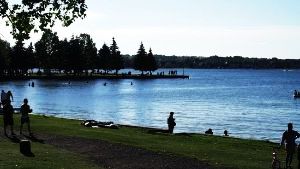Places to visit in Kerala
Things to do
Packages
Ideal Days
Best time to visit
Q&As
About Wayanad
Unless you have easy access to a helicopter, travelling by road is the only way to reach Wayanad—whether you approach it from Kannur or Calicut in the west and south-west, Coorg, Mysore or Gundlupet in the north, northeast and east, or Gudulur and Ooty in the south-east.
Spread over 2132 square kilometres, at altitudes ranging from 700 metres 2300 feet to 2100 metres 6900 feet, Kerala’s least densely populated district has no railway stations or sea and airports. It sits in lofty verdant splendour, a land of lush forests and fields and plantations of rubber, coffee, tea, cardamom and pepper. For the best part of the year, the district enjoys soothingly cool temperatures and offers respite to those fleeing the surrounding, sweltering lowlands.
There is no better way for the energetic while those who prefer less strenuous sources of joy find their own restful alternatives in sylvan settings to acquaint themselves with Wayanad’s many fascinating facets, than by travelling through its intricate network of roads—to go deeper and deeper into the folds of green mystery.
WHAT TO SEE
Edakkal Caves: Discovered in 1890, the Edakkal Caves are believed to have been inhabited by Neolithic communities around 6000 BCE, who left its walls covered in pictorial script. More rock shelters than caves, the sites contain carvings of human and animal figures, tools used by humans, as well as symbols that remain undeciphered to this day. Certain pictorial depictions have led scholars to consider the possible existence of links between Edakkal’s earliest inhabitants and those of the Indus Valley civilization.
Jain Temple: Built in the 13th century, the Jain Temple, along with other ruins in the region, is considered clear evidence of a significant Jain presence in the area, at that time. Over the centuries, this influence waned and the temple itself was transformed, in succession, into a Hindu shrine, a commercial centre and an ammunition store to support Tipu’s martial manoeuvres—which gave Wayanad’s largest town, Sulthan Bathery, its name. The derelict remains of its intricately carved pillars stand as emissaries of an earlier age, when collectively they conjured visions of peace and tranquillity, a whiff of which, in quieter moments, can be detected still.
Pazhassi Raja Tomb & Museum: Kerala Varma Pazhassi Raja is known in Kerala history and lore as Kerala Simham Lion of Kerala, for his rousing military exploits against the British. His tomb—erected at the spot he was cremated, by the banks of River Kabani, in 1805—is a memorial to a hero of the people. Much loved by his subjects, Pazhassi Raja had the rare distinction of defeating the armies of the British East India Company, by employing a clever blend of conventional and guerrilla warfare in the wooded hills and passes of Wayanad, supported by his tribal allies, native to the densely forested region. Converted into a museum a quarter-century ago, the Pazhassi Raja Tomb continues to attract thousands of visitors from Kerala and beyond.
The Wayanad Wildlife Sanctuary: Established in 1973, as an integral part of the Nilgiri Biosphere Reserve, the Wayanad Wildlife Sanctuary is held in a snug embrace by a protected area network, comprising Nagarhole and Bandipur in the northeast, and Mudumalai in the southeast. Roughly 345 square kilometres in area, the Sanctuary is spread over four unconnected ranges of hill and forest tracts— Sulthan Bathery, Muthanga, Kurichiat and Tholpetty—each a fascinating bio realm of its own, with several rare and endangered species of flora and fauna. Herds of elephants, deer and Indian bison call these spaces home, as do an increasing number of tigers. Large numbers of birds of rare hue and plumage, also make their presence felt, singing, chirping, warbling, hidden in the leaves of the countless trees. Or flying, wings outspread, like flashes and streaks of primary colours against Wayanad’s deep blue skies.
Soochipara Falls: Soochipara Falls also known as Sentinel Rock Waterfalls is a three-tiered waterfall surrounded by dense forest. It offers fabulous views of the surrounding landscape, including vast areas of manicured tea gardens. The sheer cliff face, across which it plunges over 200 metres, is popular among rock-climbers.
Banasura Sagar Dam: The largest earthen dam in India and the second largest in Asia, the Banasura Sagar Dam is a popular tourist attraction. Located at the foot of Banasura Hill, it is the point from which trekking and hiking enthusiasts set off into the surrounding mountains. Started in 1979 to support the Kakkayam Hydroelectric power project, it serves to meet the irrigation and drinking water needs of a region susceptible to seasonal shortages.
WHAT TO DO
Wayanad offers a rich palette to paint a holiday with, on a vast and verdant canvas. Archaeology or history? Religious and cultural sites? Wildlife and bird sanctuaries? Marvels of nature and man’s attempts to tame them? Arduous treks through the wild? A quiet getaway, with poolside barbecues and bonfire revelry? Wayanad has splendid answers to them all and more.
What to eat: From puttus, parottas, dosas and appams to curries, roasts and biriyanis, the best of Kerala cuisine, drawn from its different constituent communities, is available at outlets across the district, often with a distinct Wayanad touch and flavour. Gastronomes are known to speak in reverential tones of the Wayanad Fish Moilee to be enjoyed with traditional locally-grown rice, Kaattu Soup made, following the tribal recipe, with raw mango pulp, chicken, tapioca, and fish, Nandan Beef a spicy concoction, that bears the stamp of Wayanad and the Theyn Nellikka gooseberries soaked in wild honey as special favourites. But there is much more for both seasoned gourmets and unabashed foodies to profitably explore.
What to buy: Wild honey—‘harvested’ from deep within forest lands by indigenous tribesmen and marketed by cooperative societies in an array of attractive variants -- is popular with most visitors. Handicrafts made from bamboo, coconut shells and terra cotta appeal to many souvenir seekers, while others take back local brands of tea, coffee and spices—as well the matchless Malabar halwa.
Getting around: Visitors arriving in GPS-equipped vehicles of their own have an edge over those who do not, in the freedom they have to explore the landscape. But there are comparable options, easily arranged by resorts and homestay hosts, which allow untrammelled access to the narrow, winding roads to discovery.
Where to stay: Once overlooked by the tourism industry, Wayanad has, over the last three decades, witnessed a significant change of attitude and outlook. Today the visitor is spoilt for choice – with everything from high-end luxury resorts, jungle resorts and treehouses to budget homestays and B&Bs available all over the district. Each offers its own unique blend of setting, ambience, facilities and service, at prices designed to suit every type of tourist budget.
The best time to visit: A year in Wayanad tends to be divided into the cold season December to February, the hot season March to May and two monsoon seasons: the South West June to September and the North East October to November. While tropical rain has its own enchanting mystique, it quite literally puts a dampener on certain outdoor activities. The prudent traveller factors in these s while making travel plans.
How to get there: Wayanad is connected to the rest of India by road. The nearest railway station is the Kozhikode Railway Station, which is 110 km away. The closest airport is the Karipur international airport at Kozhikode, which is 100 km away.
Wayanad Rating & Reviews










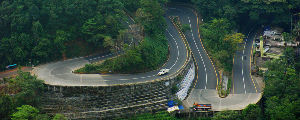

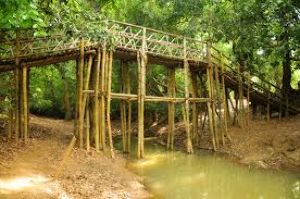















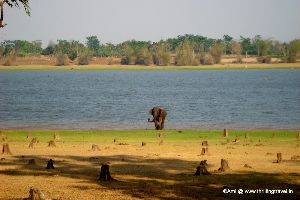

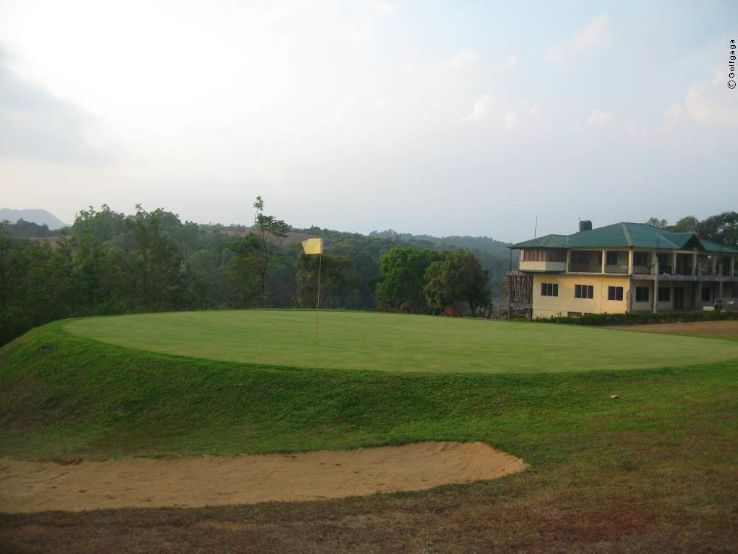
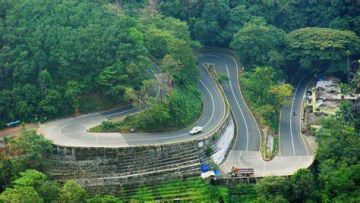
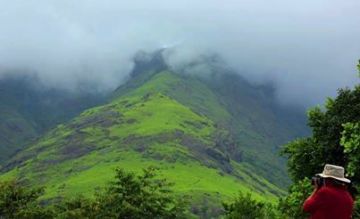



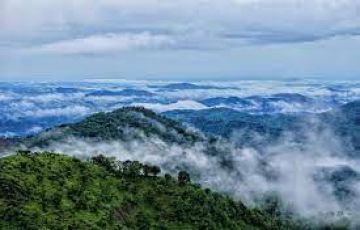

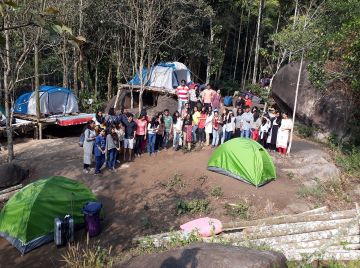



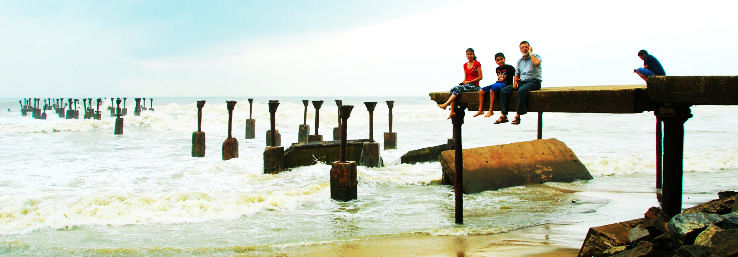






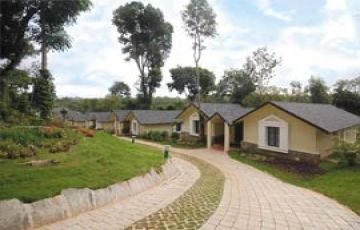





















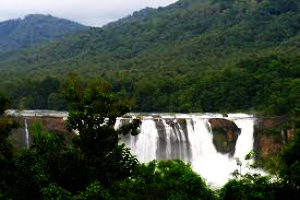
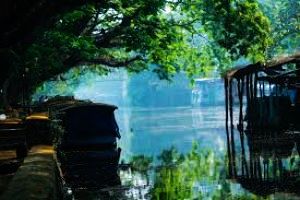


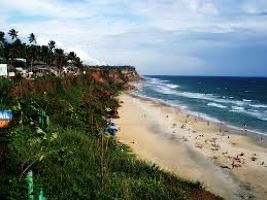






_1509646944m.jpg)


















